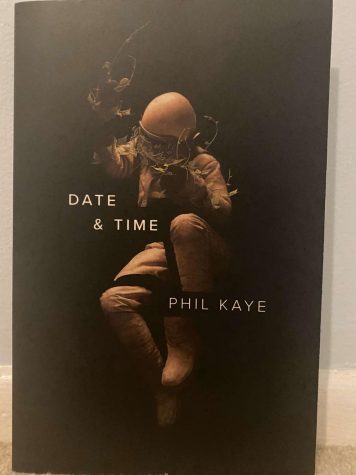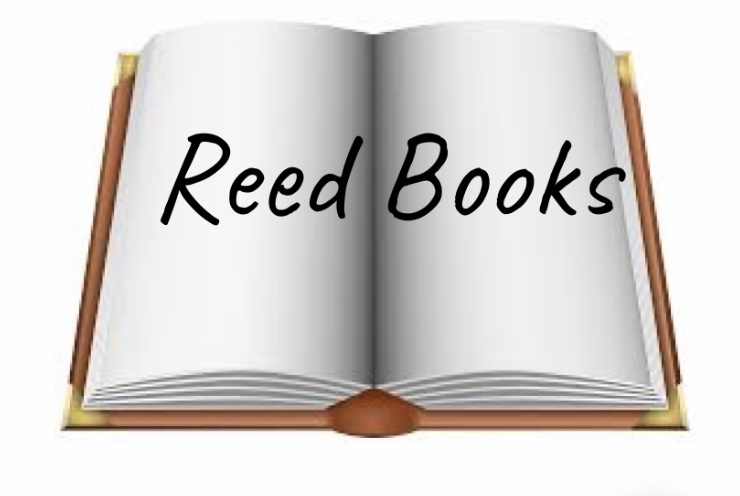Reed Books: Date and Time
January 30, 2020
Date & Time by Phil Kaye is a collection of his poems, separated into three chapters; End, Beginning, and Middle, in that order.
Kaye, popular online for his slam poetry readings, transcribes some of his most popular poems into written word, and shares many that have not seen the light of the Internet. In transcribing (and slightly altering) some of his best, Kaye takes the risk that the message and tone will be lost without his voice – while this occurs in a few poems, he is generally successful in his endeavor.
 One of the strongest poems in the book is “Teeth”, which explains the personal crisis Kaye feels between his Japanese side of the family and Jewish-American side of the family, both of which have experienced discrimination, sometimes at the hands of each other. By bouncing between years, Kaye is able to give the information needed to explain why a family member may act a certain way. For example, the beginning of the poem compares his sides of the family in 1945; one grandfather’s home was burned to the ground at the hands of the other. This jumps to 1975, when Kaye’s parents meet. By contextualizing the tension between his ethnicities, the meeting of his parents becomes scary to the reader. He also emphasizes this point by alluding to Shakespeare’s play, Romeo & Juliet, as he subtly points out how a feud between two families whose children fall in love is not exactly a new idea. In a play on words, Kaye explains the tension at his parents’ wedding. “1985 – My parents’ wedding/the two families sit together/smiling wider than they need to/Montague must be so happy/we Capulet this all go”. He quotes the same play in the closing lines of “Teeth” as well, as he explains a conversation between him and his grandfather. “a plague on both your houses/they have made worms’ meat of me”. “Teeth” is one of Phil Kaye’s strongest poems in Date & Time because of the use of timelines to contextualize, and thus, strengthen, his ideas, and the quoting of Shakespeare’s Romeo and Juliet to point out tropes.
One of the strongest poems in the book is “Teeth”, which explains the personal crisis Kaye feels between his Japanese side of the family and Jewish-American side of the family, both of which have experienced discrimination, sometimes at the hands of each other. By bouncing between years, Kaye is able to give the information needed to explain why a family member may act a certain way. For example, the beginning of the poem compares his sides of the family in 1945; one grandfather’s home was burned to the ground at the hands of the other. This jumps to 1975, when Kaye’s parents meet. By contextualizing the tension between his ethnicities, the meeting of his parents becomes scary to the reader. He also emphasizes this point by alluding to Shakespeare’s play, Romeo & Juliet, as he subtly points out how a feud between two families whose children fall in love is not exactly a new idea. In a play on words, Kaye explains the tension at his parents’ wedding. “1985 – My parents’ wedding/the two families sit together/smiling wider than they need to/Montague must be so happy/we Capulet this all go”. He quotes the same play in the closing lines of “Teeth” as well, as he explains a conversation between him and his grandfather. “a plague on both your houses/they have made worms’ meat of me”. “Teeth” is one of Phil Kaye’s strongest poems in Date & Time because of the use of timelines to contextualize, and thus, strengthen, his ideas, and the quoting of Shakespeare’s Romeo and Juliet to point out tropes.
However, this strength does not translate to all of Kaye’s poems. “Succulent” is a much weaker one, lacking the subtlety of his poems and becoming obvious. In the poem, Kaye begins by explaining the breakup between him and a long-distance lover, then moves on to describe the death of a small succulent plant he had bought for himself. The symbolism is clear: the plant and the relationship both last a few months, but the distance and lack of care to each resulted in their demises. He ends by expressing that, while he thinks he could save the plant (or relationship) with more intense care, a stronger voice tells him that it would be easier “just to get another one”. While the idea behind the poem is strong, and this symbolism could work well, it comes across much too obviously for Kaye’s gentler writing. Since the poem is rather short, there is not much to mask the subplot, and thus, it seems unnecessary, since a subplot is supposed to be surface level rather than immediately clear. While it is possible that this poem could be better with Kaye’s live narration, the shortness and lack of content leads to a boring read. Despite this, the amount of strong poems in the collection certainly compensates.
All in all, Date & Time is a generally successful compilation of Phil Kaye’s poems, which, with few exceptions, are able to live and breathe without his voice.






















































